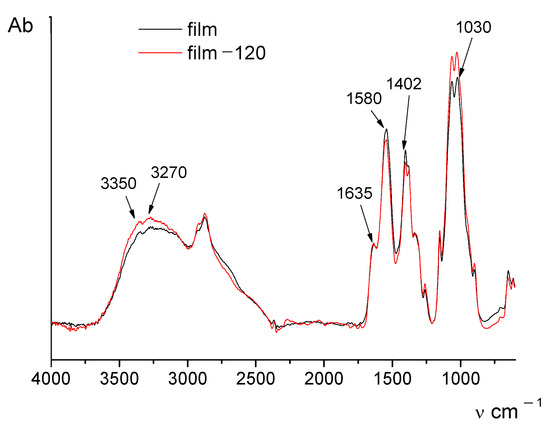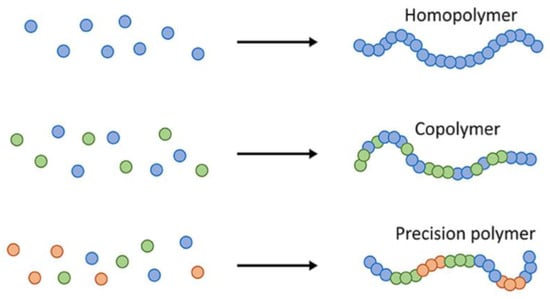Editorial Board Members' Collection Series: "Sustainability in Materials and Processes in Cosmetic Science"
A project collection of Cosmetics (ISSN 2079-9284).
Papers displayed on this page all arise from the same project. Editorial decisions were made independently of project staff and handled by the Editor-in-Chief or qualified Editorial Board members.
Viewed by 9872Editors
2. Visiting Professor, Dermatology Department, China Medical University, Shenyang 110001, China
Interests: history of medicine; nanotechnology; polymer science; cosmetic dermatology; skin pharmacology
Special Issues, Collections and Topics in MDPI journals
Interests: polymers; biopolymers; cosmetic raw materials; biomaterials; collagen; chitosan
Special Issues, Collections and Topics in MDPI journals
Project Overview
Dear Colleagues,
During their active life, skin and cosmetics share an intimate reciprocal relationship, beginning at the moment the cosmetic is brought into contact with the external surface barrier of the human body, such as skin and its appendages and the mucous membranes.Thus an in-depth knowledge of the anatomy and physiology of both these structures (skin and mucous membranes), as well as the chemistry of the cosmetic ingredients, are fundamental to developing effective and safene formulations. As cosmetic produces often comprise substances that are alien to the skin. For all these reasons, the use of natural ingredients and biopolymers, obtained from organic and forestry waste by innovative bionanotechnologies, is necessary to preserve the natural raw materials and biodiversity for future generations. Thus, advanced cosmetic science aims to discover new biodegradable bioactive ingredients and biopolymers that are skin- and environment-friendly, characterized by minimal reactions and interactions, which oculd potentially regenerate tissue functions by the induction of specific cellular responses and reabsorbable scaffolds. Moreover, these natural molecules and polymers should have the possibility of being
used as active ingredients for innovative cosmeceuticals and nutraceuticals, and in biodegradable packaging. The aim of this Special Issue is to provide new ideas for innovative carriers and cosmetic products by the smart use and delicate orchestration of natural biological ingredients obtained from food and agro-forestry waste.
Prof. Dr. Pierfrancesco Morganti
Prof. Dr. Alina Sionkowska
Guest Editors
Manuscript Submission Information
Manuscripts should be submitted online at www.mdpi.com by registering and logging in to this website. Once you are registered, click here to go to the submission form. Manuscripts can be submitted until the deadline. All submissions that pass pre-check are peer-reviewed. Accepted papers will be published continuously in the journal (as soon as accepted) and will be listed together on the collection website. Research articles, review articles as well as short communications are invited. For planned papers, a title and short abstract (about 100 words) can be sent to the Editorial Office for announcement on this website.
Submitted manuscripts should not have been published previously, nor be under consideration for publication elsewhere (except conference proceedings papers). All manuscripts are thoroughly refereed through a single-blind peer-review process. A guide for authors and other relevant information for submission of manuscripts is available on the Instructions for Authors page. Cosmetics is an international peer-reviewed open access semimonthly journal published by MDPI.
Please visit the Instructions for Authors page before submitting a manuscript. The Article Processing Charge (APC) for publication in this open access journal is 1800 CHF (Swiss Francs). Submitted papers should be well formatted and use good English. Authors may use MDPI's English editing service prior to publication or during author revisions.









